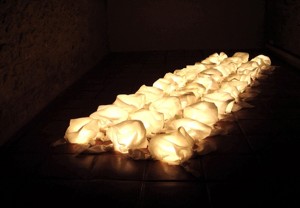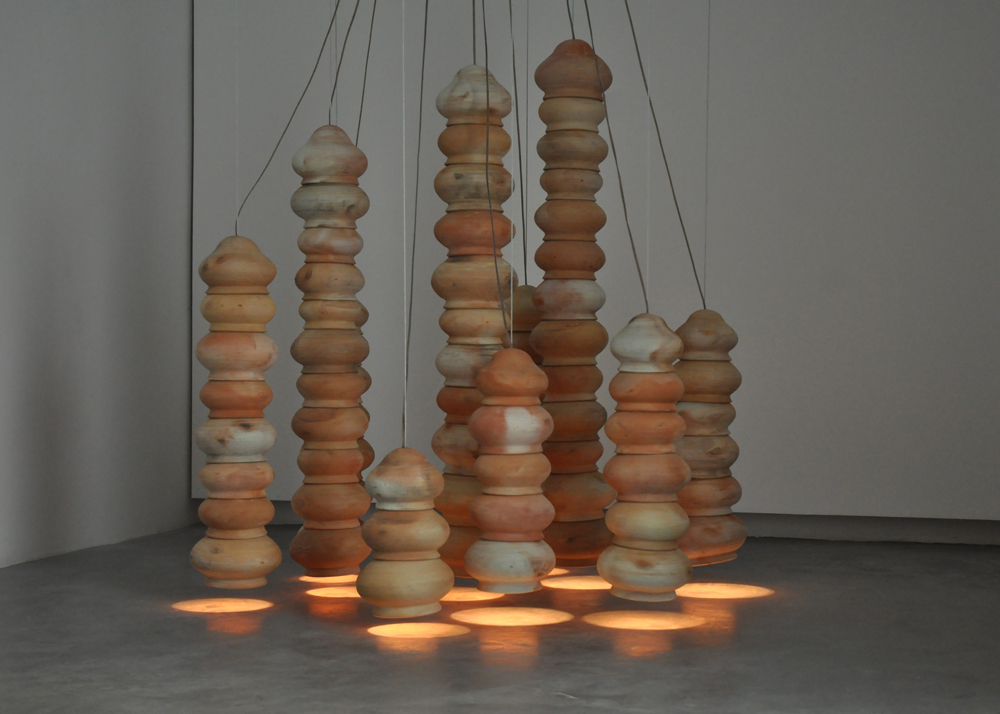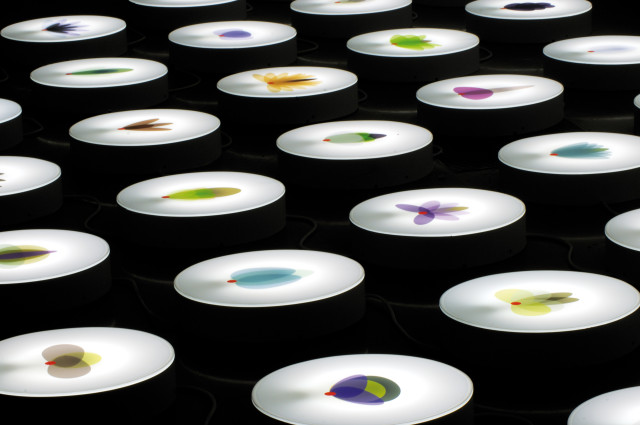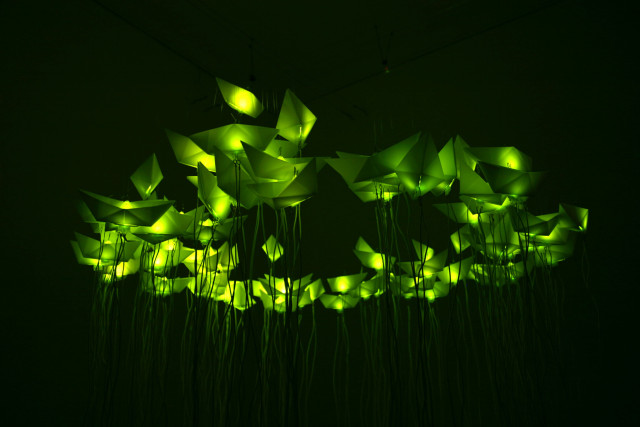
Younès Rahmoun’s spiritual journey
Salat, 2007.
About:
Younès Rahmoun is best known for a body of work that combines his religious and spiritual beliefs with the everyday concerns of living within a global context. His work first came to attention in 1998 when he was invited to participate in The Disoriented Object at the Museum of Decorative Arts in Paris. By 2001, Rahmoun started working in a way that directly engages with his spiritual exploration, incorporating Sufi thought into his work as well as Oriental philosophy. This shift towards the spiritual is borne out of a personal search for meaning – a pursuit that has informed and enriched Rahmoun’s artistic output.
I do not distinguish ‘Younès the practicing Muslim’ and ‘Younès the artist’ – I am both. What I do is simply a reflection of myself. In my artistic work, I seek to discover myself and explain my own path of exploration. My work is the trace and the concrete result of that exploration. (Younès Rahmoun, 2007)
The spiritual journey is a consistent theme running through Rahmoun’s work. In the video animation Habba (2008-2011) a seed travels through space in search for the ideal place to grow. The seed is given life. It takes root and produces branches and, in turn, fruit and new seeds. This is the cycle of life and a visualisation of the repetition inherent within our day to day existence.
Jamur, 2014.
The use of numbers is another recurrent motif, employed by Rahmoun to directly reference Sufi faith. For example, in Zahra Saghira (2008) seventy-seven flowers are depicted in simple pencil drawings, each flower is unique but with an identical red dot – or seed – at its heart. The seventy-seven flowers refer to the seventy-seven branches of faith in Islam. The flower symbolises a kind and peaceful way of being.
 Memory, Place, Desire, 2014 (video)
Memory, Place, Desire, 2014 (video)
At the centre of the exhibition is a sculpture from Younès Rahmoun’s Darra series. ‘Darra’, which means ‘atom’ in Arabic, simultaneously alludes to the infinite and microscopic scales of life. The structure within the atoms recalls the flower and, of course, the seed; two motifs running through the exhibition, which refer to the origins of man and the universe.
I try to give shape or to visualise invisible things, intangible things like faith, the soul, the spirit, the awakening, etc.(Younès Rahmoun, 2007)



